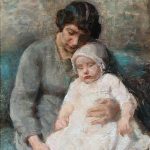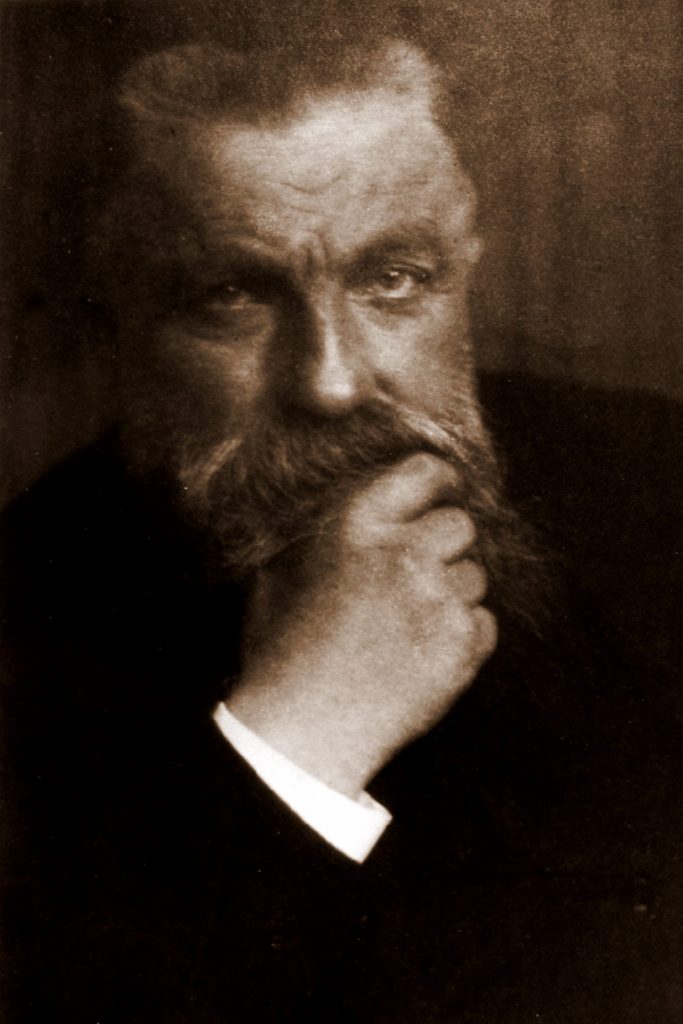
Edward Steichen (1879–1973) was an American photographer, painter, and curator, renowned for his significant contributions to the fields of photography and the visual arts. Born on March 27, 1879, in Luxembourg, Steichen immigrated to the United States with his family at a young age. He showed an early interest in art and initially pursued painting.
Steichen gained recognition as a talented painter in the early 20th century, and his work was included in prestigious exhibitions, such as the Armory Show in 1913, which introduced modern European art to American audiences. However, his career took a significant turn when he discovered photography.
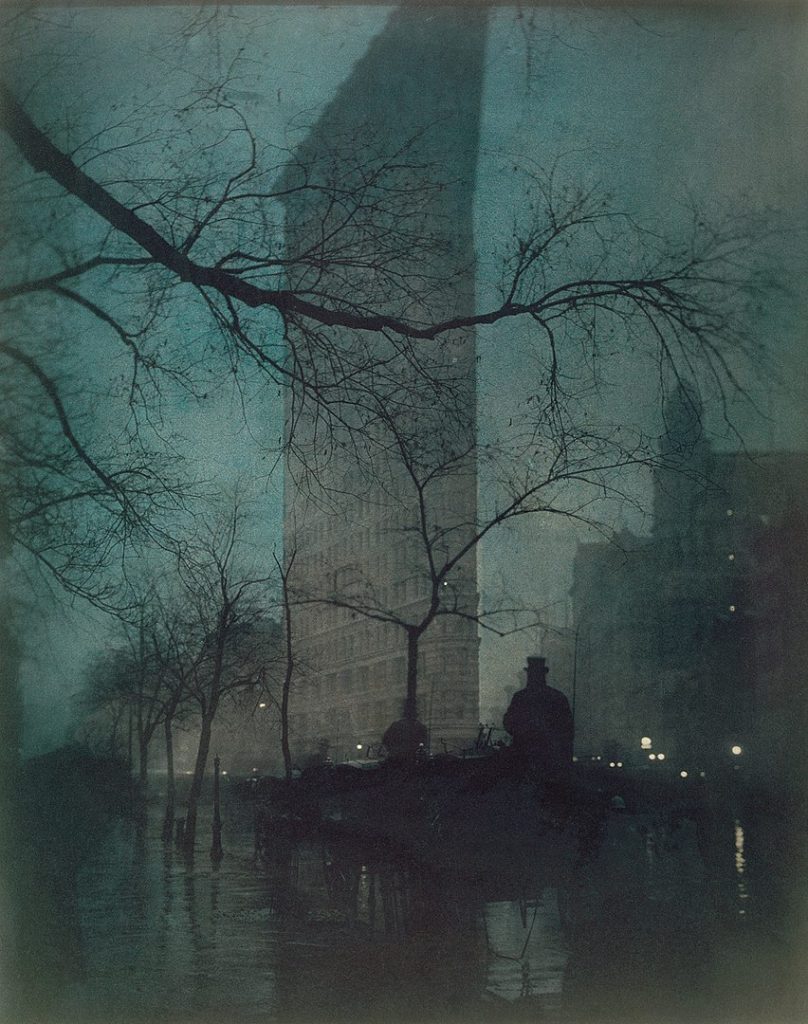
In the 1920s, Steichen’s interest in photography grew, and he became a pioneering figure in the medium. He was instrumental in promoting photography as a legitimate form of artistic expression, breaking away from its conventional role as a documentary tool. His work encompassed various genres, including portraiture, fashion, and landscapes.
One of Steichen’s most notable achievements was his role as the chief photographer for the magazine “Vanity Fair” from 1923 to 1937. During this time, he produced iconic portraits of celebrities, artists, and public figures. His innovative use of light and shadow, as well as his ability to capture the essence of his subjects, contributed to the elevation of photography as an art form.
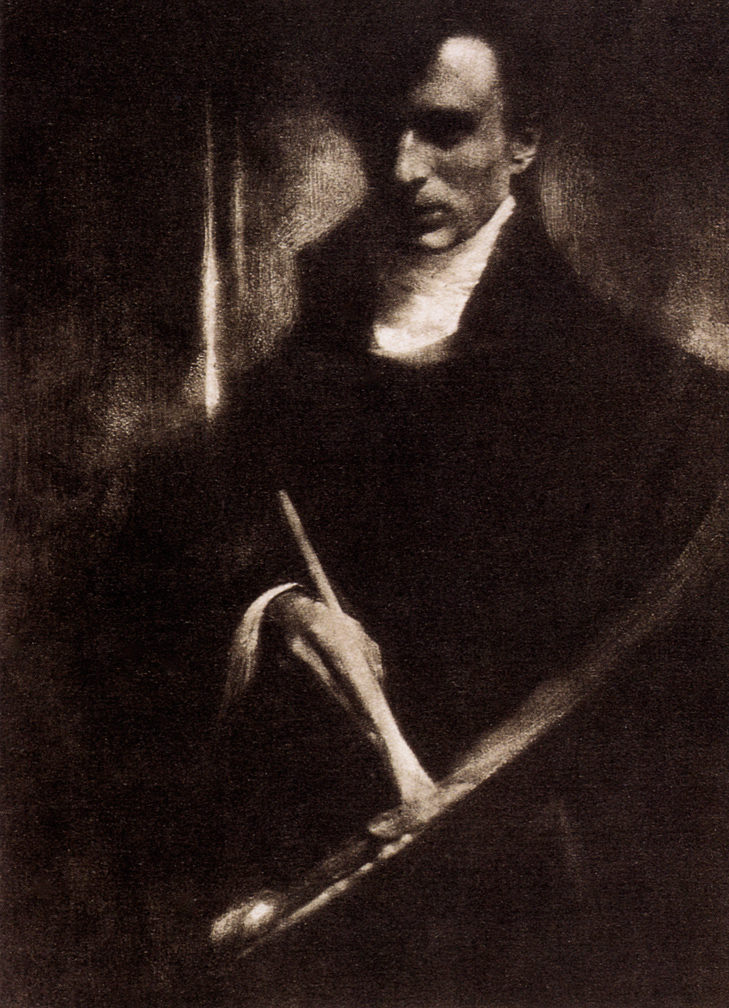
In addition to his work as a photographer, Edward Steichen played a crucial role in shaping the cultural landscape as a curator. He served as the director of the Department of Photography at the Museum of Modern Art (MoMA) in New York from 1947 to 1962. His exhibitions at MoMA, such as “The Family of Man” (1955), which showcased photographs from around the world to promote a message of global unity, had a profound impact on the perception of photography.
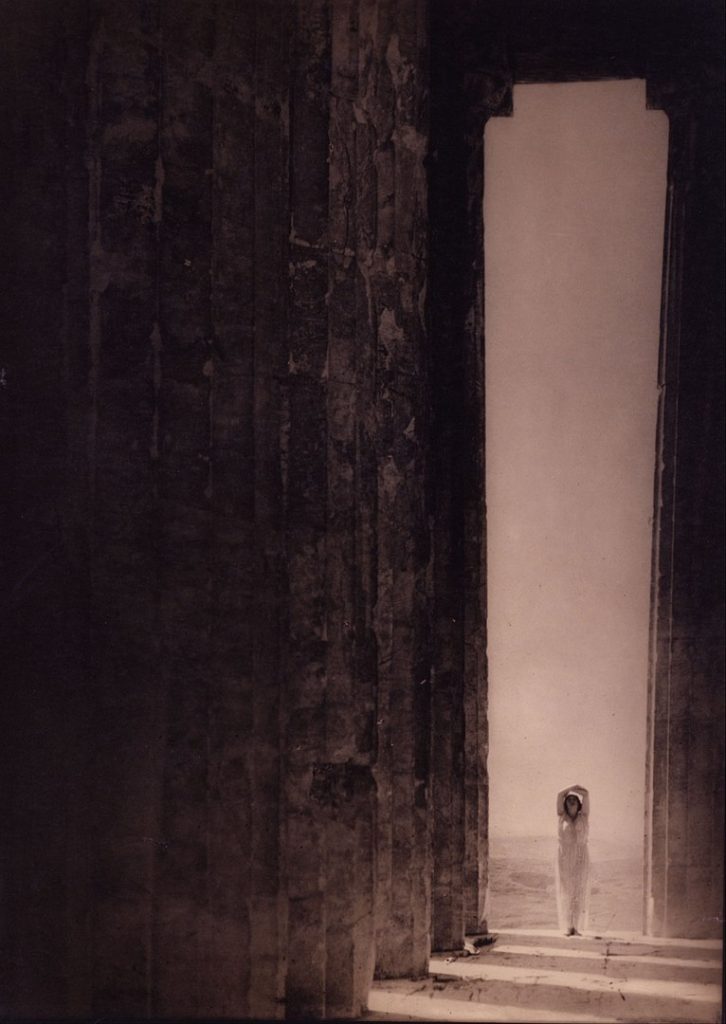
Edward Steichen received numerous awards and honors throughout his career, recognizing his artistic achievements and contributions to the field of photography. He continued to be active in the arts until his death on March 25, 1973, in West Redding, Connecticut. His legacy endures as a key figure in the history of photography and as a visionary who helped establish photography as a respected and influential art form.




